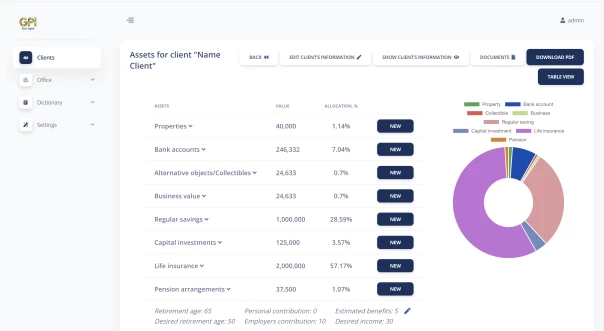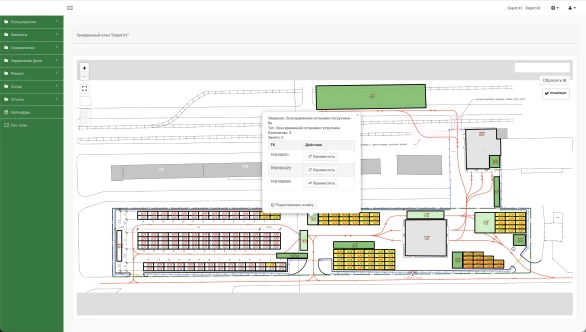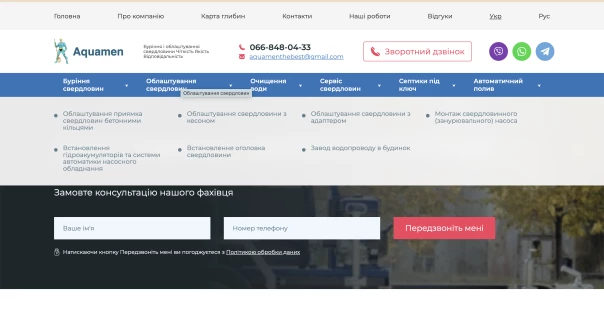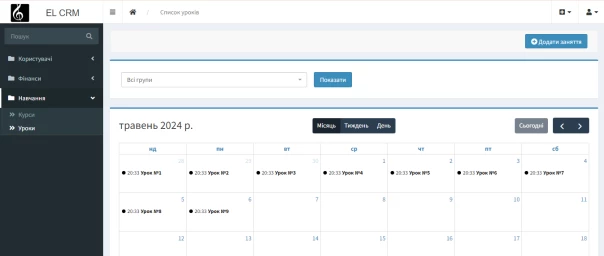Today, the Internet includes many web projects for various subjects and purposes. It is web projects, not websites because end users and other systems can interact with them. When a user opens a website and sees a page loaded, the entire system communicates with one another using an API (Application Programming Interface). During the whole period of such interfaces' development, it became clear that each developer does everything to their taste. Therefore, this approach has been organically structured, and some general features and practices have emerged. Now, if a project needs to develop any such interface, there is no need to reinvent the wheel.
What is API without technical details
Let us consider everything in more detail. Before displaying any website page, any browser requests the server where this page is located. The server sends this page to the browser that shows it. Browsers can request images, styles, scripts, fonts, and any other files in the same way. In addition, servers can generate an online response, for example, show the current date and time, or display a list of products for which information is in the database.
In the "communication" process between systems, one system must also create a request for information stored on the server and receive a response. Just like regular pages, the answer can be generated by program code. The requested data is then processed appropriately. For example, a list of downloaded files is displayed in an application on the phone.
With the help of such request-response, you can not only receive some data but also create (for example, create a new user), modify (for example, change the password for a user), or delete (for example, delete a subscription to a newsletter).
Today, you do not need to write any API from scratch. Many frameworks or ready-made solutions are available to help you develop an API, and most importantly, it can be expanded.
What can you use the API for
In short, for everything. All large projects work through APIs (Facebook, Google Search, YouTube). This list can be supplemented by all mobile apps, terminals, online payments, and many different services you can connect to your project, such as sending emails or creating a waybill in a delivery service.
It means when you want to develop a mobile app, you need to create an API that will allow the mobile app to communicate with your project. Or you might need to integrate automatic price updates from the supplier into your store. It can also be done by creating a specialized API. Or, if you intend to add automatic content repurposing to your project content, you need to integrate the API of a translation system.
There is another interesting case when you need to develop an API. These are projects where the entire user interface is written to display information without reloading the page. A striking example is the Gmail email client. This way, the browser will fetch the necessary information in the background instead of rendering the entire page.
Is it possible to see how requests and responses work?
Yes, you can. There are several options for this. Firstly, developers can integrate Swagger into the system, which allows them to view API documentation and test requests. Or you can install special software that supports sending requests and viewing responses, for example, Postman. Or you can develop your own software for these needs.
In our work, we usually use Swagger integration. This approach significantly simplifies the communication process between developers and provides a visual instrument to help them work.
Work after the launch
After the API has been developed, configured, and integrated into the required programme, such as a mobile application, the time comes for its active use. At the beginning of this process, inaccuracies, malfunctions, and a slowdown in performance are usually detected. Slowdowns are caused by the fact that many people use the project, and the servers cannot cope with such loads. It can happen not necessarily at the beginning of the project but over time.
Inaccuracies and errors are eliminated quite quickly, but optimizing the API requires some time for analysis. First, you need to understand what exactly the problem is - whether it's the fact that the database takes a long time to process the request or the code itself. Or the response is so massive that the internet connection cannot transmit it quickly. Once the cause is found, you can fix it quite quickly: optimize the database query, add response caching, change the data loading logic, and many other approaches. But which solution you should choose depends on the situation. In general, API optimization and regular website optimization require similar solutions.
We have experience working with projects that need to withstand heavy loads. We know and can configure the necessary software to speed up the API, and we know how to optimize the code and database performance.
Here are some examples of APIs used in our projects
Sending mail
One of the use cases is sending emails using third-party services. Recently, we have often used the Mailgun system. It is a service receiving a request via the API with information about to whom to send a letter, text, attachments, and other parameters.
This request is sent to the mail service, which, in turn, generates the letter and sends it to the recipients.
Following the example of this service, your API can have similar requests that will create, display, and change information. Together, they will form a complete API.
Payments on the website
Usually, online projects need to integrate services to pay for services or goods. One of the options is to install the Liqpay service. This service also works using an API. Before you show the user the payment form, you need to send payment and order information to the service via the API, receive a token, and display the "Payment" button with it. It would be impossible without the API.
Automatic translations
Your website may also require automatic translations of texts into the user's language. When you have a lot of content on your website or cannot support many language versions simultaneously, you can develop a mechanism for text's automatic translation, for example, through Google Translate. The API is also used for this purpose. With its help, the site will send a request with the original text, the language from and into which the translation is required, and will receive the translation text in response. Then it needs to be saved in the right place for correct operation.
Conclusions
Thus, the web project development may require not only design and layout but also the implementation of additional services for its full-fledged operation. Some of these services can be made in the form of APIs.
In our work, we use Symfony with bundles set that handle APIs within the project, or API Platform, which is the next level of development of this approach, but is separated into an independent project. We also have experience in developing APIs for mobile applications.
If you are interested in our experience or need an API for your project, write to us using the form below or our contact page - https://skylex.com.ua/en/contacts.













